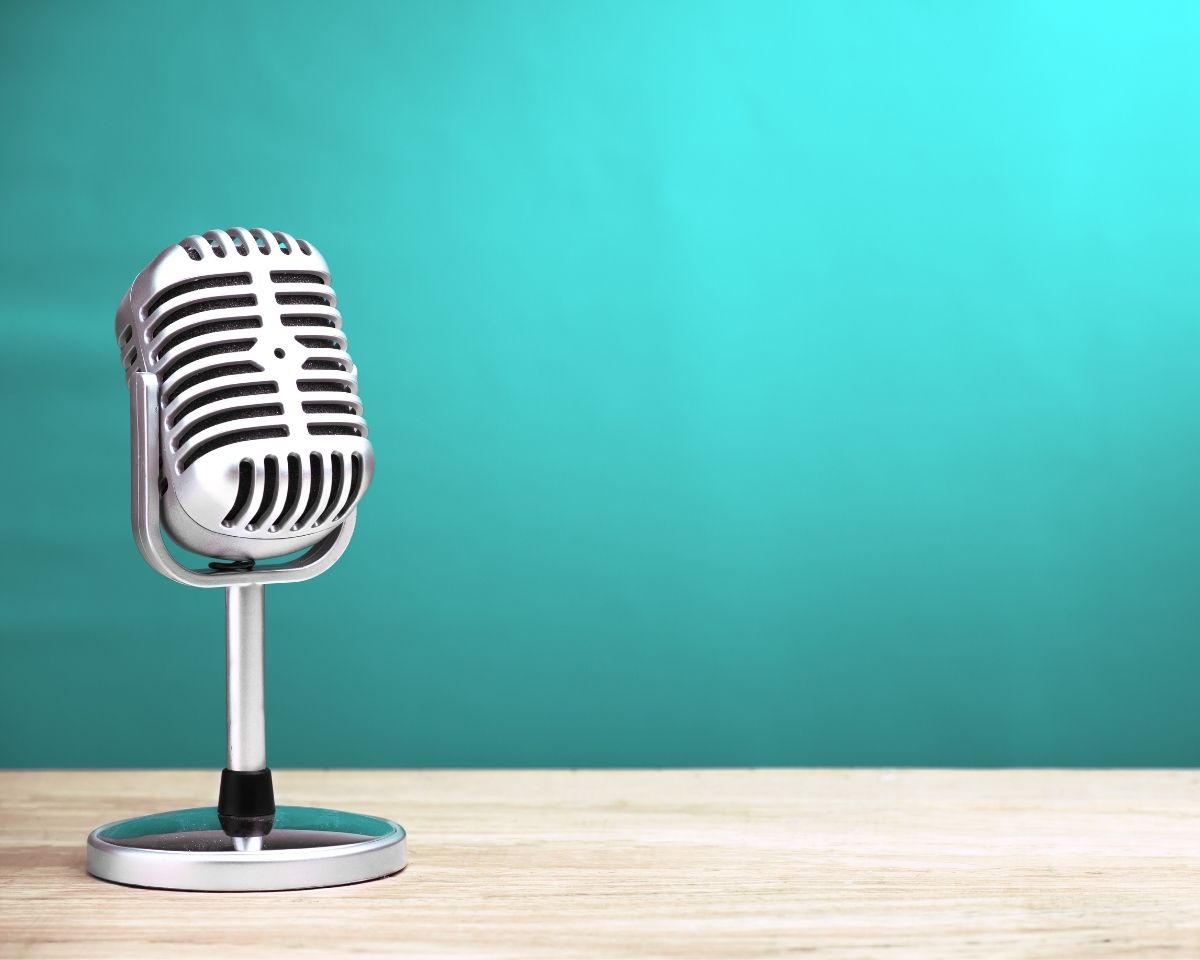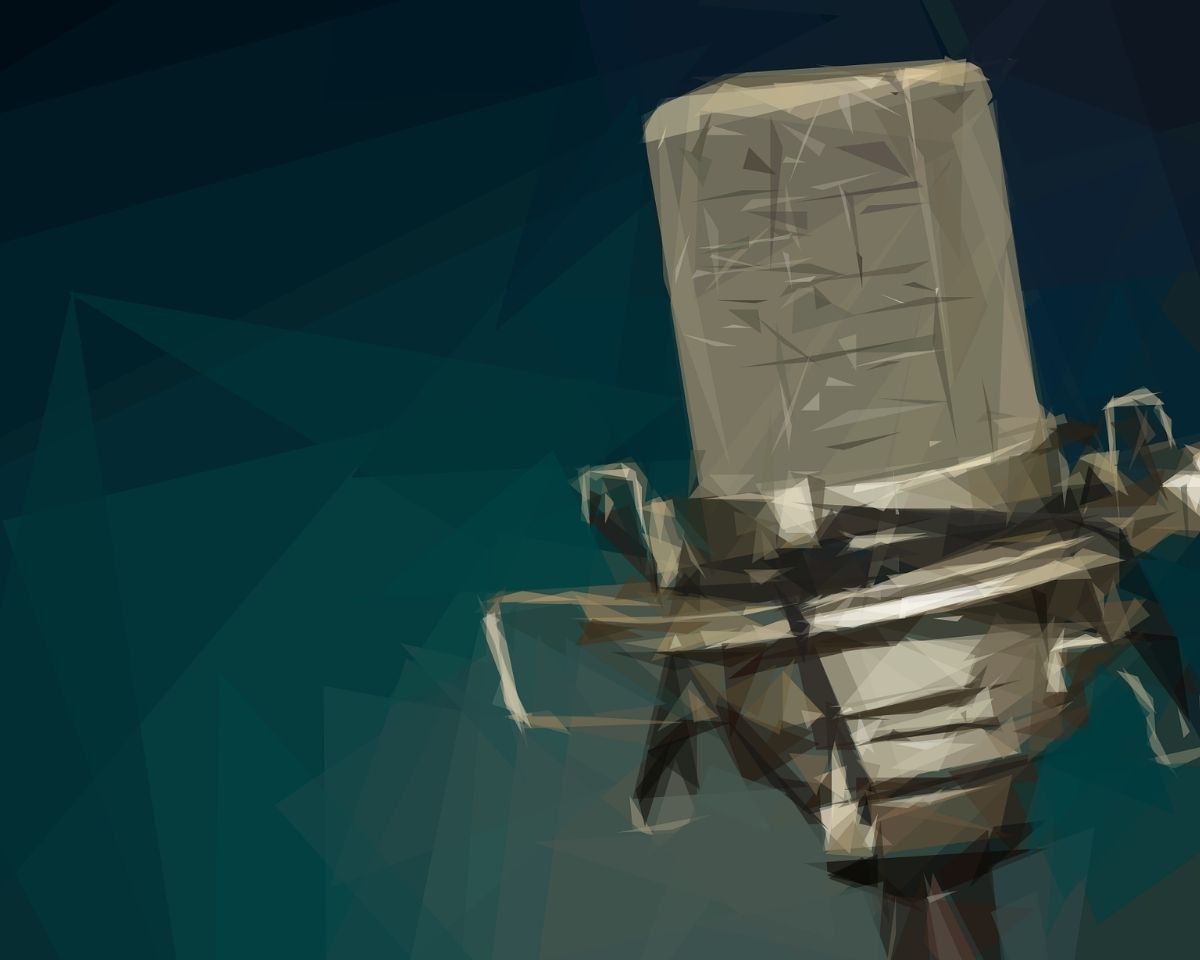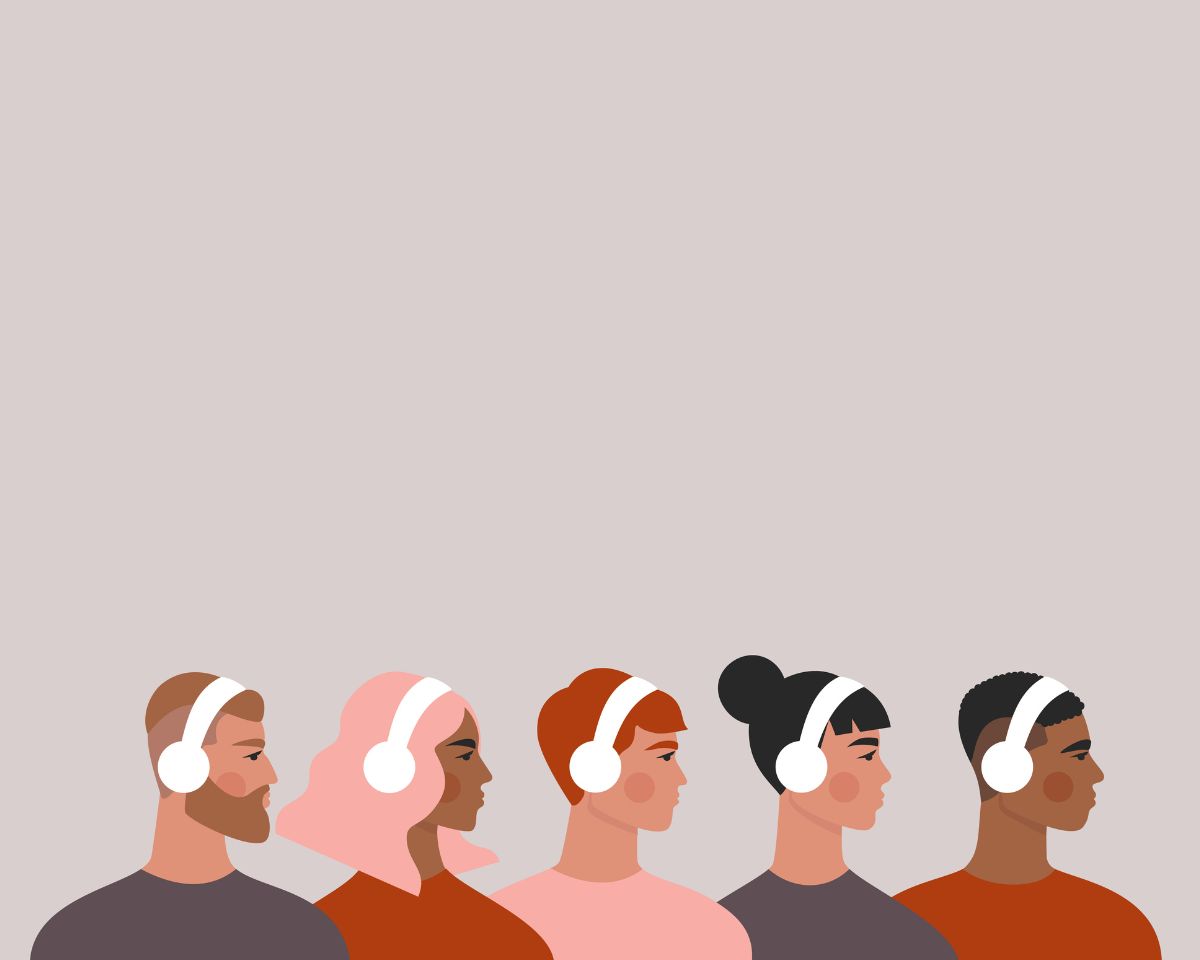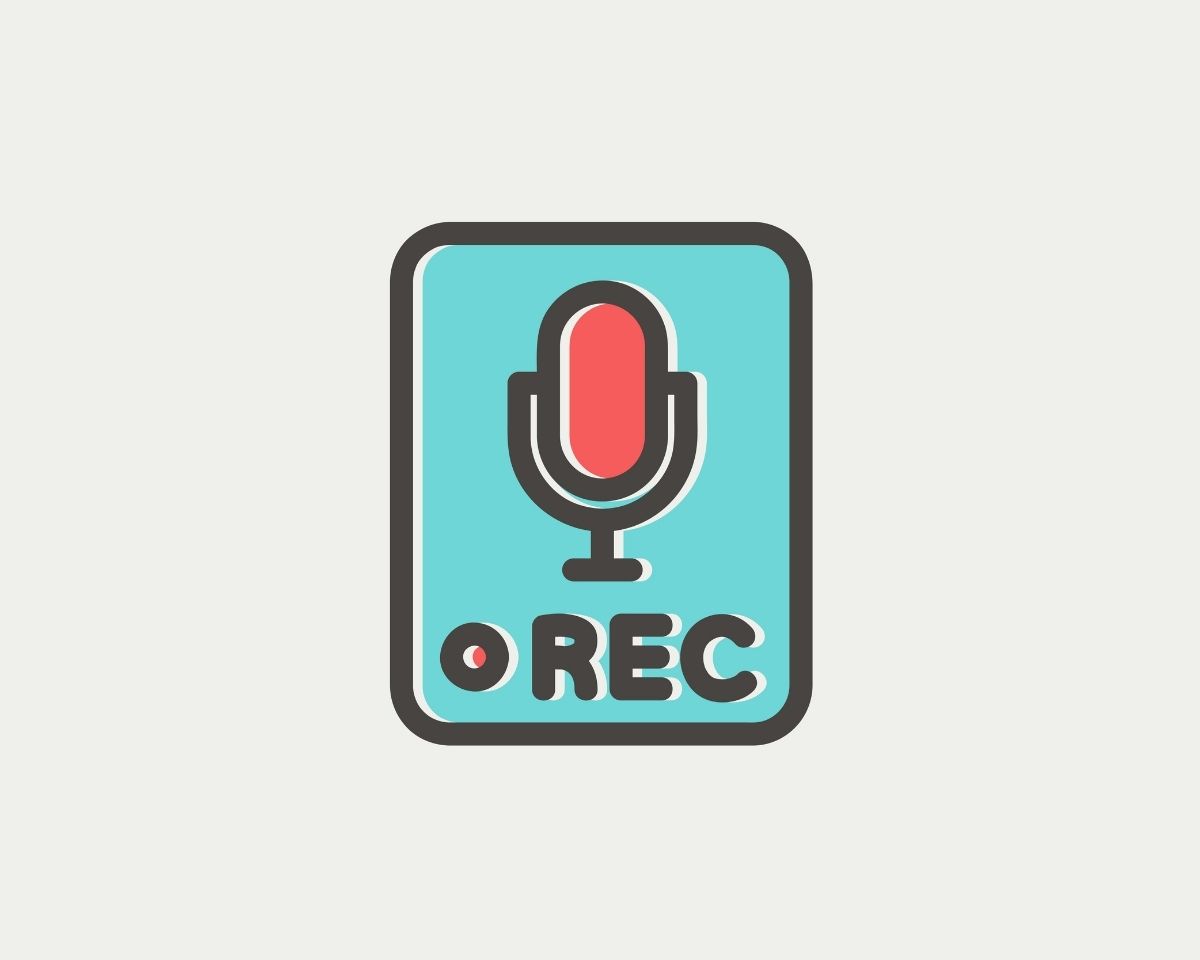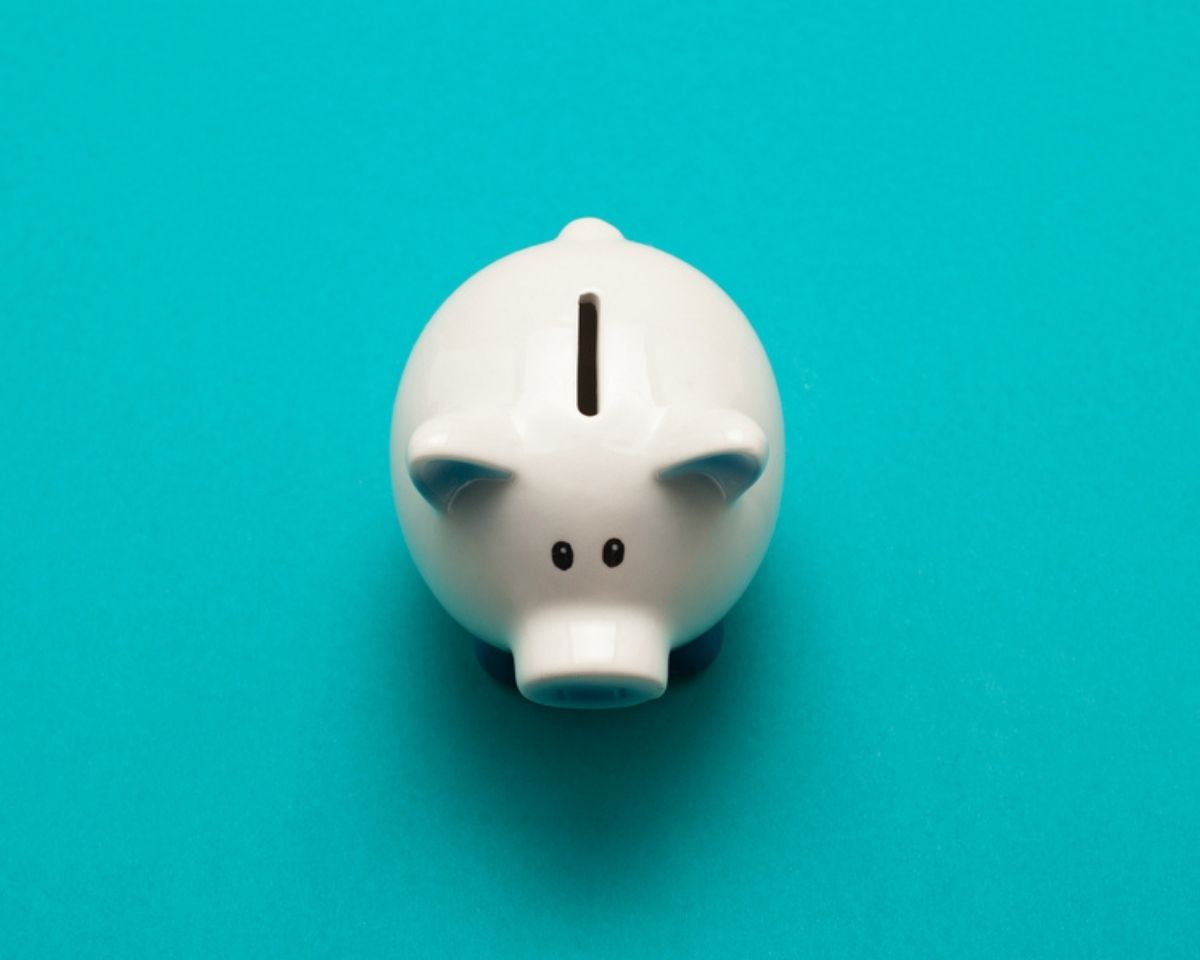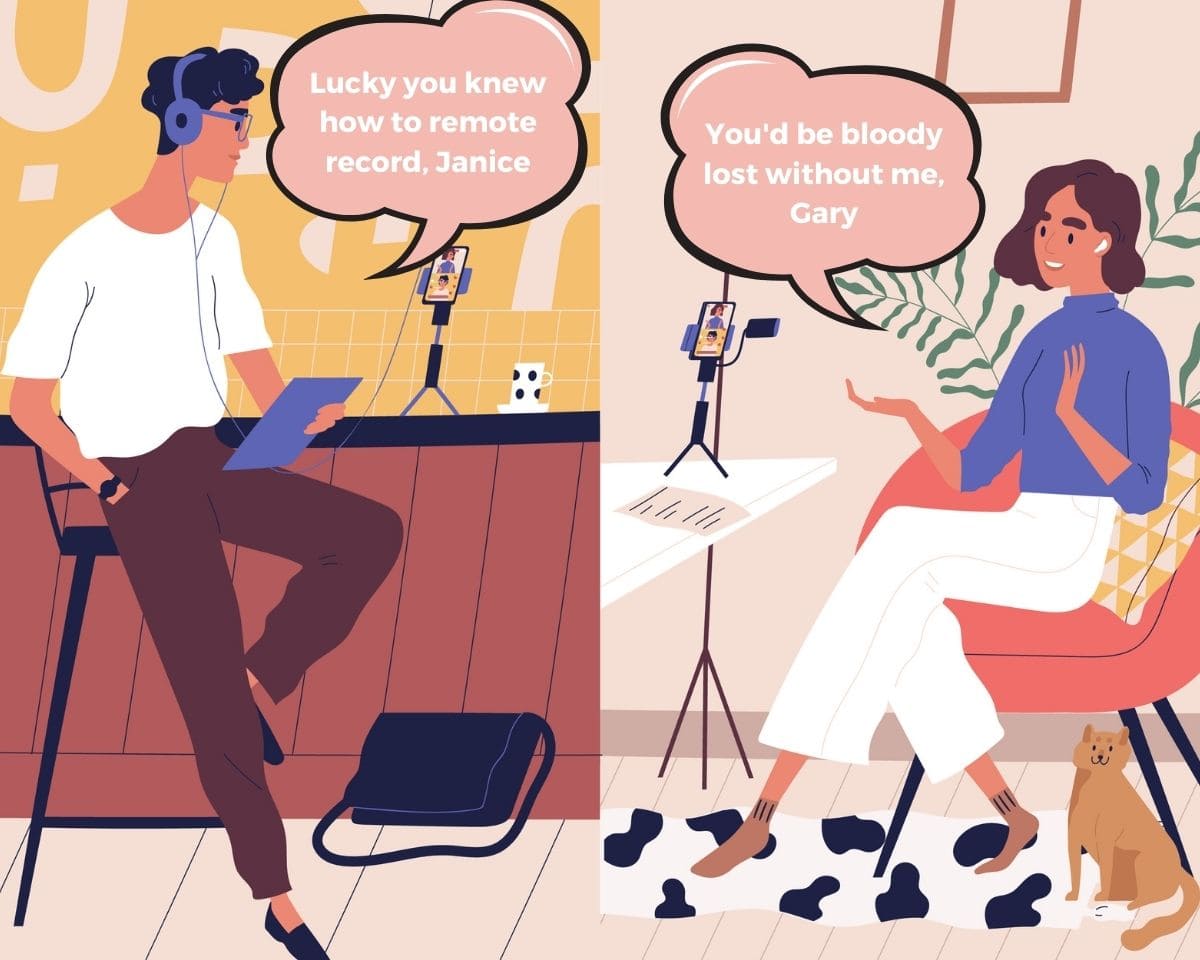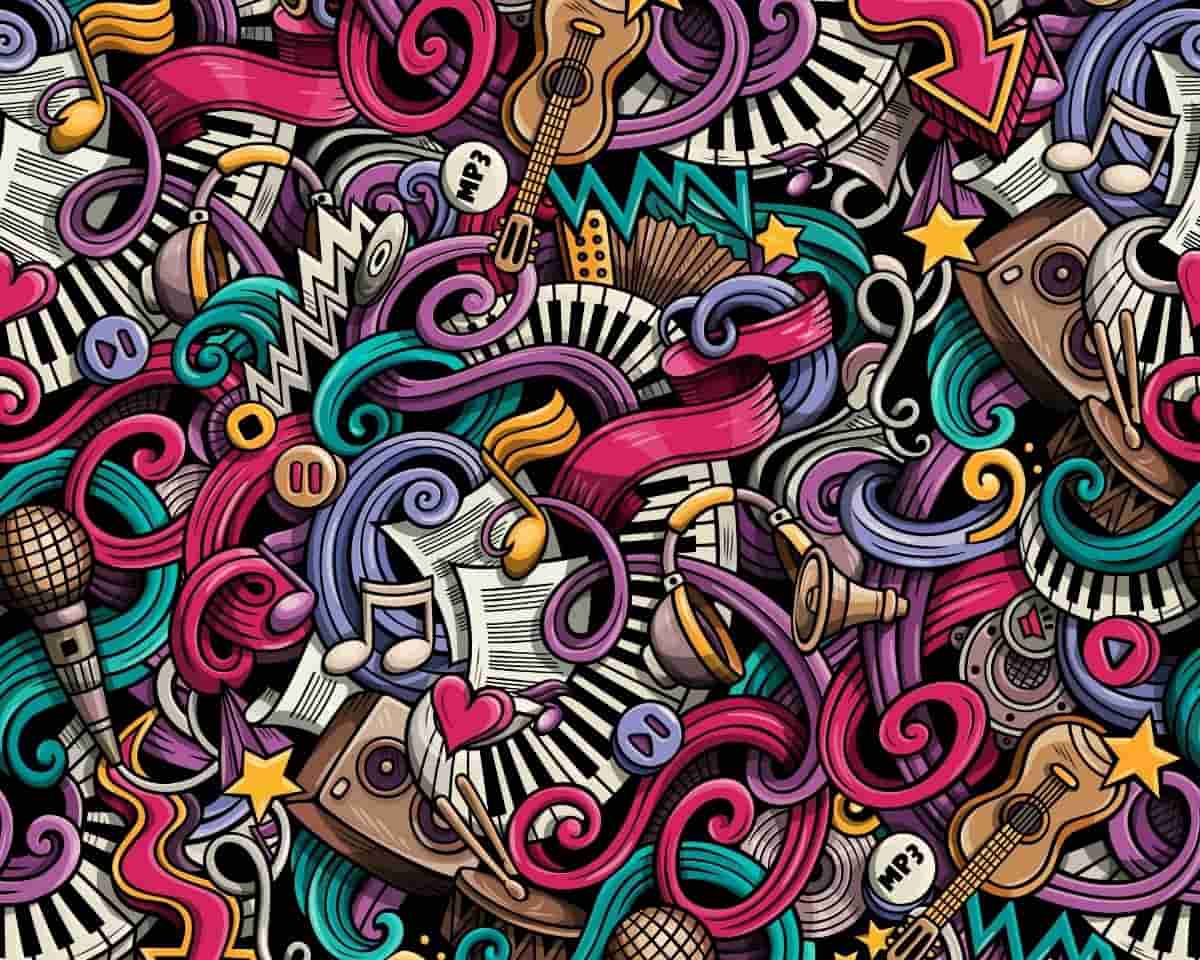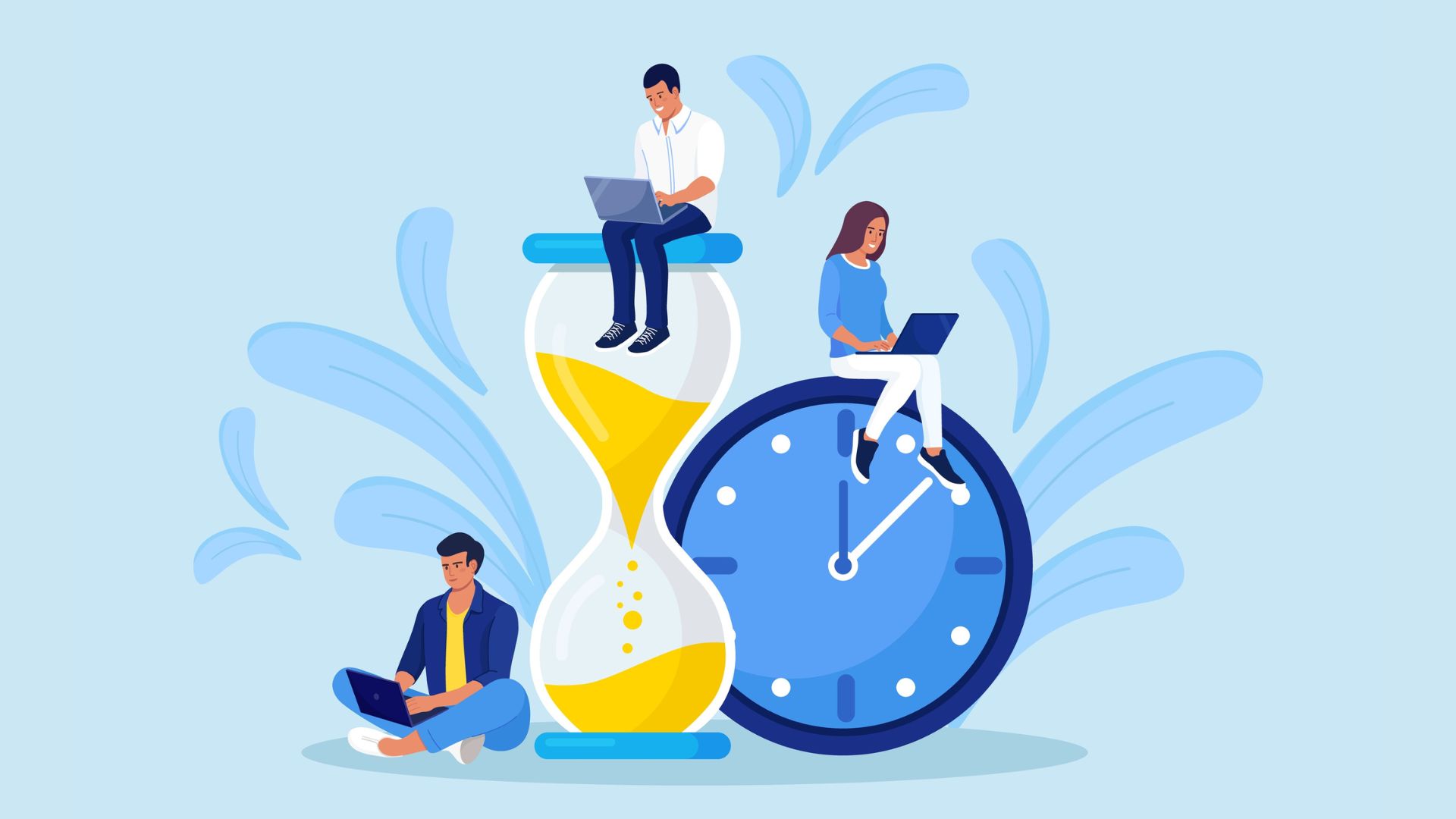What gear do you need to be a podcaster?
When you’re starting out it’s hard to know exactly what podcast equipment you need to get your show up and running.
It’s easy to get lost in a mountain of reviews and think you need a complicated and expensive setup but you really only need four things to start a podcast.
The podcast equipment you need…
Microphone(s)
You definitely need a microphone if you want to start a podcast.
In fact, you’ll need one for every person who’s going to be speaking on your show.
Unfortunately, your computer’s inbuilt microphone isn’t going to cut it unless you want it to sound like you’re broadcasting from a toilet. So, if you’re going to invest money anywhere a microphone is where to do it.
It’s also a good idea to get a pop guard, which is a foam sock that helps reduce the popping sounds that occur when people say words starting with harsh consonants like ‘p’ or ‘b.’
These sounds can be grating for your audience so they need to be removed. But fixing them in the edit can be a fiddly job.
So, it’s best if you can avoid them when you’re recording.
You also want to get mic stands so microphones are out of people’s hands.
It’s important to note that when it comes to audio quality you can have the best microphone in the world but if your recording environment (where you’re recording) is terrible your big expensive microphone won’t sound great.
So make sure you spend time thinking about where you record so you can get the best possible audio from the tech you’ve got.
Headphones
After microphones, these are the most important item in your podcast kit.
There are so many sounds that can affect your recording or (heaven forbid) render your audio unusable. And most of the time you won’t pick these up with your ears so it’s essential you’re wearing headphones.
You don’t need to buy expensive ones, in fact, when you’re starting out you can use the earbuds that came with your phone.
As long as you can hear what you’re recording and editing clearly (and loudly) that’s all you need.
If you’re doing a show with guests you’ll also want to have a spare set of headphones in your kit for them.
Just make sure they’re the type of headphones that go OVER your ears because no one wants to put some random person’s earwax in their earholes.
A way to record and edit your show
If you want to release a podcast episode you’ll need to record it and if you want to send it out in the best possible shape (hint: you do) you’ll need to edit it.
Both these things can be done using a single platform like Adobe Audition or Audacity. These are both brands of editing software you can record and also edit in.
If you’re planning to record your show with people remotely (i.e. not in the same location) you’ll need a remote recording platform like Squadcast or Riverside.
And if you want to record people in person and you don’t want to take your laptop you might need a portable recording device like a Zoom H6.
If you’re recording using a remote recording platform or recording device you’ll need to get yourself some audio editing software as well.
The good thing is that, if you’re on a tight budget, Audacity is a free editing program so you can save on costs there.
The main thing when you’re deciding on your recording and editing equipment is to make sure you choose tech that suits your show, your budget and your way of working.
You’ll be using these platforms and tools a lot so you want to make sure they work for you.
A Podcast Host
When you’ve recorded your podcast episode and exported it to MP3 the next thing you’ll need is somewhere to house that audio file.
And the place to do that is inside a podcast host (not on your website) e.g. Libsyn, Omny.
Podcast hosts are an essential part of the process of getting your podcast into people’s ears because they’re the link between you and podcast directories like Apple Podcasts and Spotify.
When you’re making a decision about which host to go with (and there are plenty of other ones out there) look at the features they offer and think about where you want your show to be in six months, a year or five years from now.
Ideally you don’t want to chop and change between hosts so you want to choose one you can grow with over time.
Also, if you’re looking at free podcast hosts make sure you read their Ts & Cs thoroughly because if you’re not paying with money you don’t want to be paying with something else…like your IP.
You should always have full ownership over your content and your audio files and be able to move your show wherever you want at any time.
So make sure you’re really clear on what you’re getting into if you’re signing up to a platform for free.
Ready to put together your podcasting kit? You’ll find links to everything you need on my resources page.
Got a burning podcasting question you’d like answered? Send me an email.
Want to start your own podcast but need a little help? Download my “How To Start A Podcast” guide or sign up for my online podcasting course, PodSchool.
Hello and welcome to the show. Today I'm going to be talking about four things that you need to get your podcast from your head into people's ears. There are a lot of other things you can add to the equipment you have but when you're starting out you don't want too much paraphernalia. Just start out with these four things and that will be enough to get your show out into iTunes without too much hassle and fuss.
The first thing is a microphone. It stands to reason if you want people to hear you, you have to have a way to get your voice recorded so you're going to need a microphone. Your computer microphone (the little holes on the front of the laptop) is not going to cut it. If you record into that it's going to sound to your audience like you are recording on a toilet because you'll be too far away from the microphone. It also picks up everything including echo and room noise so ideally you'll need a microphone you can get up close and personal with so that you can get as intimate with your listener as possible. This is how you build a connection with the person on the other side of the headphones, so getting decent quality mic is very important if you want your show to sound good. A great basic mic is the ATR2100 by Audio Technica. It's a USB mic as well as an XLR mic. If you're not sure of the difference between the two you can head to PodSchoolPodcast.com and type "XLR" into the search bar. I have an episode of this show about that. But if you are just starting out and you want things to be as simple as possible the simplest way to hook a microphone up is to plug it into your computer. That's where a USB mic comes in handy. A USB mic plugs right into the USB port of your computer so you can record right there. That will be the simplest way to do things when you're starting out.
The other thing that isn't technically on my list of four things (so better make it four and a half) is a pop guard. That's the little foam sock you put over the top of your microphone that helps take away some of the harsh P and B sounds that are called "pops." It can be quite grating for your listener and it's good if you remove those. But if you've ever tried to remove them in post they're annoying because you have to go right in there and slice them super finely. So rather than having to do that after the fact it's always nice if you can avoid as many of them as possible in the record and a little pop guard will help you do that.
The second thing you need is the most important member of your podcasting kit and that is your headphones. You need to be able to hear everything that is recorded exactly as your listeners will hear it because you will not pick up things with your naked ears that you will pick up when you're hearing things with headphones that are coming through the microphone. Stuff like air conditioning or wind noise, things that you will kick yourself about when you hear them in the edit because it'll be too late to fix them. You need to make sure that you can adjust things in the moment when you're recording to avoid you having to go back and record again. This is particularly important if you have guests because you don't want to be ringing anybody saying "You know how it took me like nine months to book you? Well the funny thing is I can't record things properly so I need you to book time in your diary again, come back and pretend we didn't just have that half an hour conversation." You do not want to be doing that so you need to wear headphones so that you can tell if there's any noise that's making the audio sound bad. If your guest isn't on mic then you need to get them to get a little closer to the microphone so that they can be properly heard. If you're not on microphone that's important to correct and those are the things you can't tell unless you're wearing headphones so make sure they're part of your podcasting kit. You can of course just use the earbuds that come with your phone, you don't have to buy snazzy Dr. Dre Beats or anything like that. You can get away with earbuds quite easily and then as time goes on if you want to upgrade, go for it.
The third thing you need is audio software. If you are going to plug your microphone into your computer (and that's the simplest way to start) you need some software to record that show into. You don't have to pay for this software either because you can use a free program called Audacity. I will put links to this and everything else I refer to on the show notes page, just head to PodSchoolPodcast.com and type "equipment" into the search bar. Audacity is a program that a lot of podcasters swear by. I personally find it a little bit clunky so I use Audition and that's about $29 a month but if you just want to start out and give things a try, it does all the things you will need it to do so you can just download the free software online and give it a crack. You might love it because the other thing about audio software is that sometimes it all comes down to personal preference. You might use Audacity for ages and think "Well this is just the way I'm going to record my show" and if you don't have to do many complex things it can be really great to use for the life of your podcast. So audacity is the free version, Audition is a slightly more expensive version.
The fourth thing you need is a podcast host. When you record your audio you will be exporting your show to MP3 file and you need somewhere for those little MP3s to live. You do not want them to live in the media section of your website because your website will run like an old mule. The more files you have on there, the more people listen to them the more they're eating up your bandwidth and your website will be slow so you want to keep all of the audio and all of the giant files out of your backend and in the hands of people who do this for a profession. It's not very expensive to get a podcast host. Libsyn is one of the more popular ones is about five dollars a month. I use a platform called Whooshkaa. They are free but they also pop ads on to your content if you want them to so you can make a little bit of money from that. No matter who you go with it's not a huge investment but it is absolutely the smartest way to go when you create a show. The podcast host will create an RSS feed for you which is basically just a fancy way to say a URL that you copy and paste and give to iTunes and then everything happens automatically. I will pop a link to an episode about how to get your show into iTunes so that you can go into more detail if you want more information on that. The podcast host is essentially the link between you and iTunes or any other podcast directory you want to be a part of and it just makes things really simple. You create a new episode, put your title in and your description and its very very easy to use.
So those are the four things you need to start your podcast - a microphone with pop guard, headphones, audio software and a podcast host. I will post links to all those things and examples of each in the show notes page at PodSchoolPodcast.com.
It doesn't need to be super complex, you do not need 700 things and if people are starting to say to you when you're starting out you need a mixer or anything else fancy don't fall for the hype. Start simply, work out whether this is for you, work out whether you want to commit to this and do it every week and then as you grow your show and you grow your skills then start to build on the equipment and choose things that you like and you need. You'll start to get used to using things a certain way and then you'll be able to make more informed decisions. But in the beginning if you just have those four items you will still be able to get your show into peoples ears.
I hope that's helped you. If you are finding these tips useful I am always very happy to receive your reviews in iTunes or wherever you listen to this show. A little 5 star rating never goes astray. And as always you can check out my online podcasting course PodSchool at PodSchool.com. I'll see you next week and until then, happy podcasting.
